A Comprehensive Guide To Choosing And Installing Solar Motion Sensor Lights
Home – Info Center – Blogs –

By Michael Zhang || Updated on 27th August 2024
Michael Zhang is a seasoned professional with 15 years of experience in the solar lights industry. Throughout his career, he has been actively involved in product design and developing, gaining valuable expertise and insight into the industry. Known for his dedication and professionalism, Michael has contributed significantly to the growth and success of various solar lights projects. His extensive knowledge and hands-on experience make him a trusted authority in the field, and he continues to innovate and excel in his role.
Table of Contents
What Is Solar Motion Sensor Light?
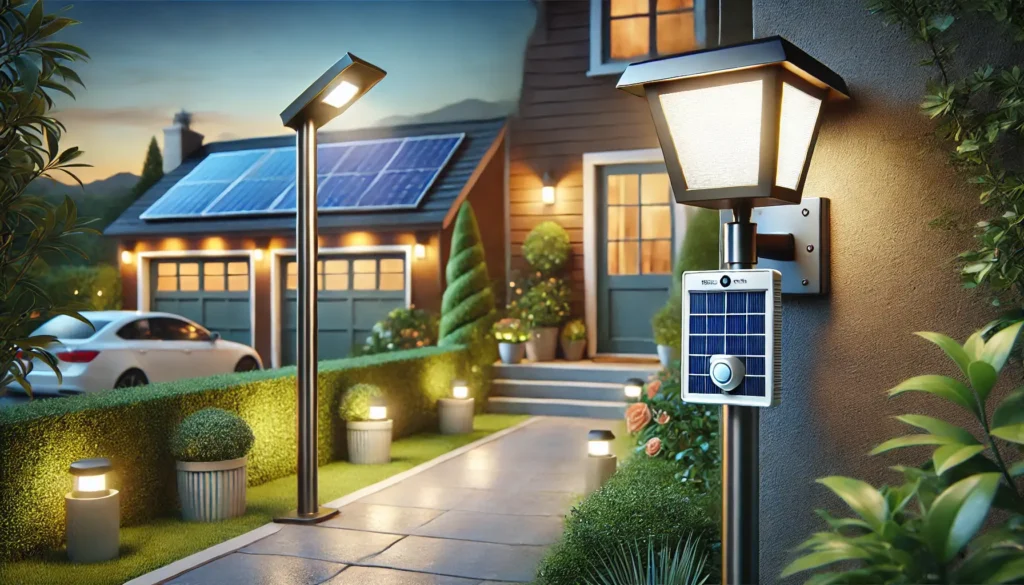
Types Of Solar Motion Sensor Light
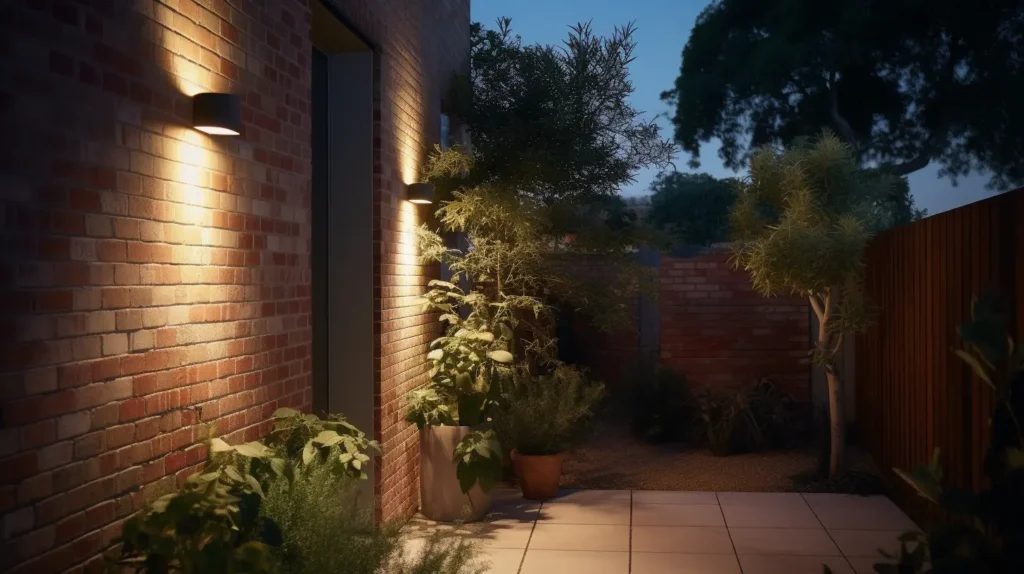
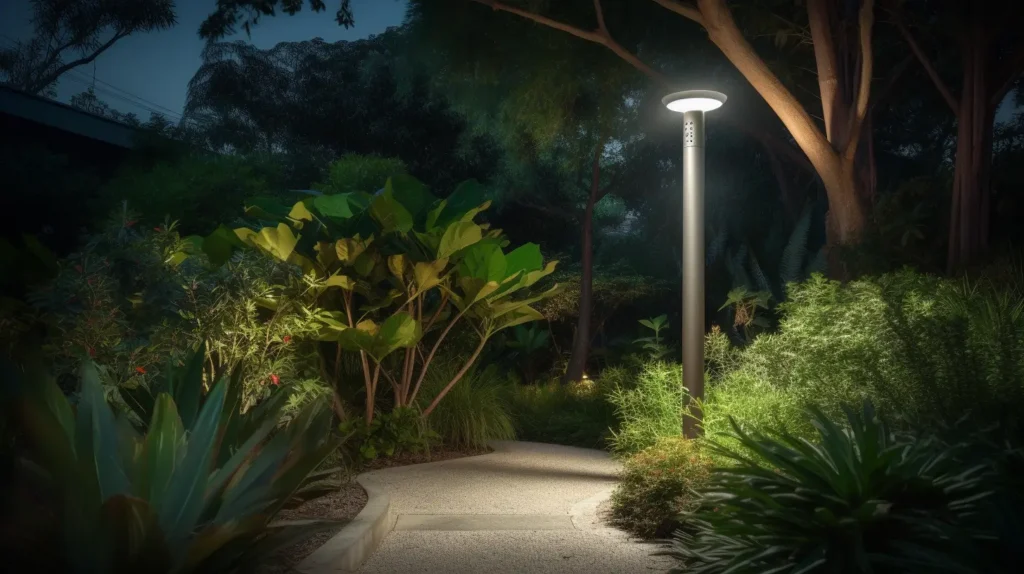
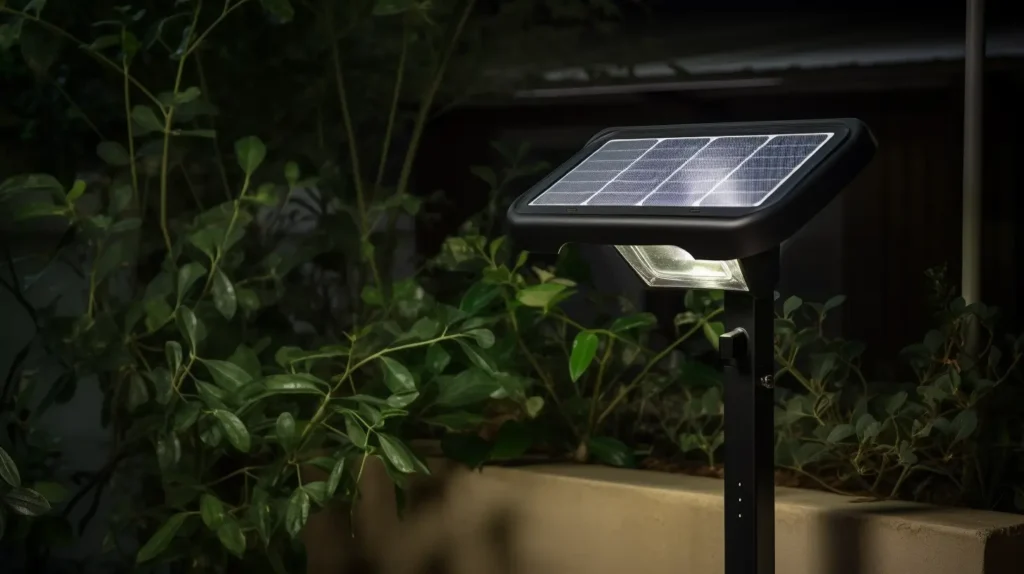
Advantages Of Solar Motion Sensor Light
Disadvantages Of Solar Motion Sensor Light
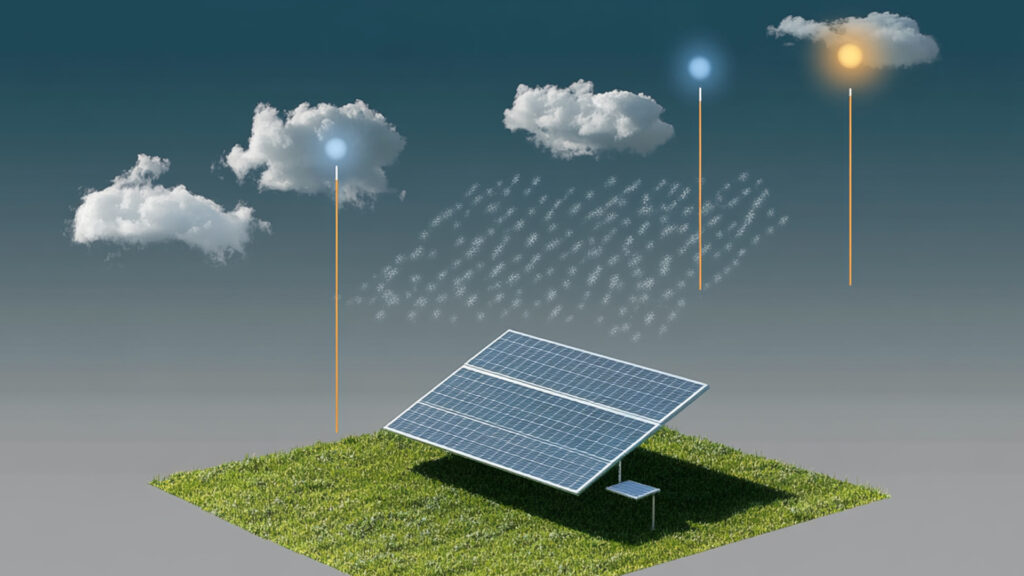
Choosing The Best Solar Motion Sensor Light – A Guide
1.Consider The Location
2.Consider Sunlight Conditions
3.Consider Installation Height
4.Consider Anti-theft Needs
5.Aesthetic Needs
6.Consider Color Temperature
Learn more about CCT: What Is The Kelvin? | Outdoor Lighting
7.Brightness Selection
8.Lifespan And Warranty
If you want a one-stop solution to the problem of solar light not working properly, it is recommended to read: What To Do When Garden Solar Lights Stop Working?
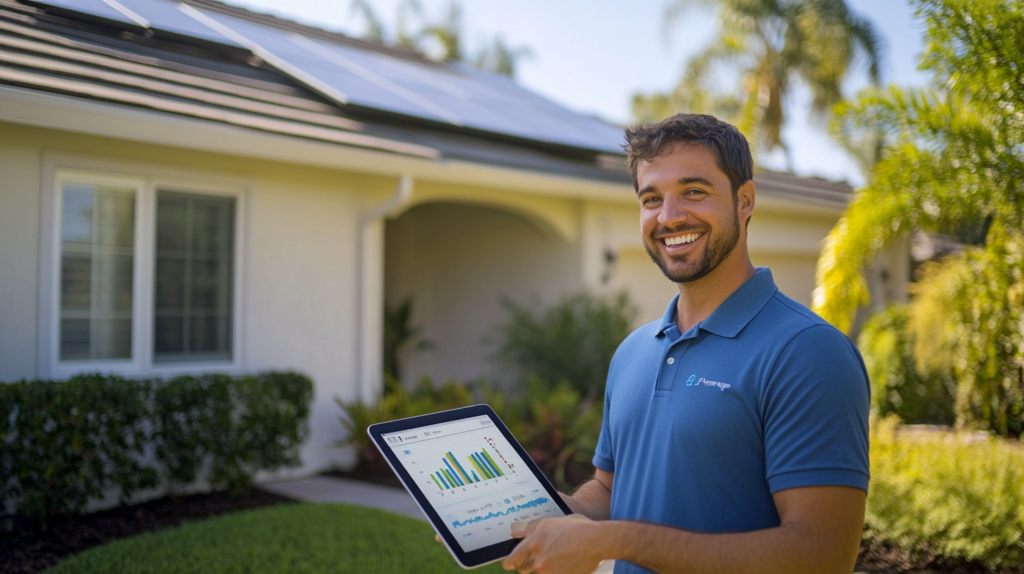
How To Install Solar Motion Sensor Lights?
1.Choose a Suitable Location
2.Mounting Bracket
3.Installing Solar Panels
4.Connecting Lamps
5.Install the Light
6.Adjusting the Sensor
7.Testing and Adjustment
8.Regular Maintenance
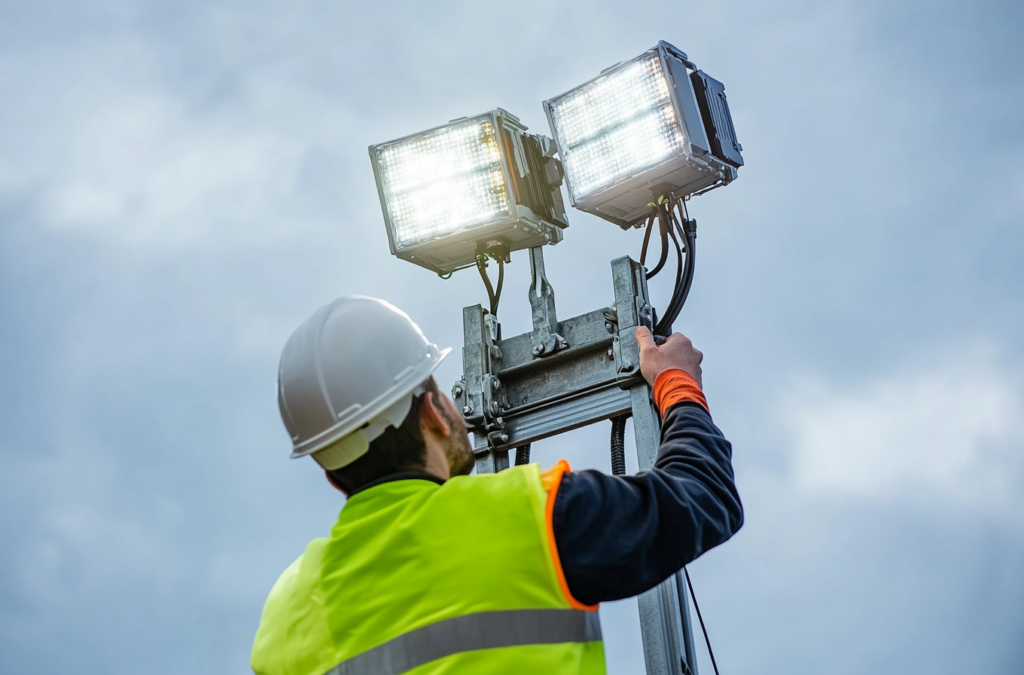
Solar Motion Sensor Lights vs Traditional Security Lights
1.Energy Sources
2.Installation
3.Running Costs
4.Maintenance
5.Environmental Impact
A Quick Comparison Chart: Solar Motion Sensor vs Traditional Security Lights
| Solar Motion Sensor Lights | Traditional Security Lights | |
|---|---|---|
| Energy sources | Solar Energy | Grid powered |
| Installation | N/A | Electrical wiring |
| Running Costs | N/A | Yes |
| Maintenance | Low | High |
| Environmental Impact | Environmentally Friendly | Less environmentally friendly |
FAQs
The Bottom Line
Related Blogs
Share Via:
Get in Touch with Us Now!
Got questions or feedback? We’d love to hear from you! Just fill out the form below, and our friendly team will respond ASAP.
